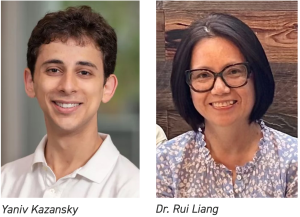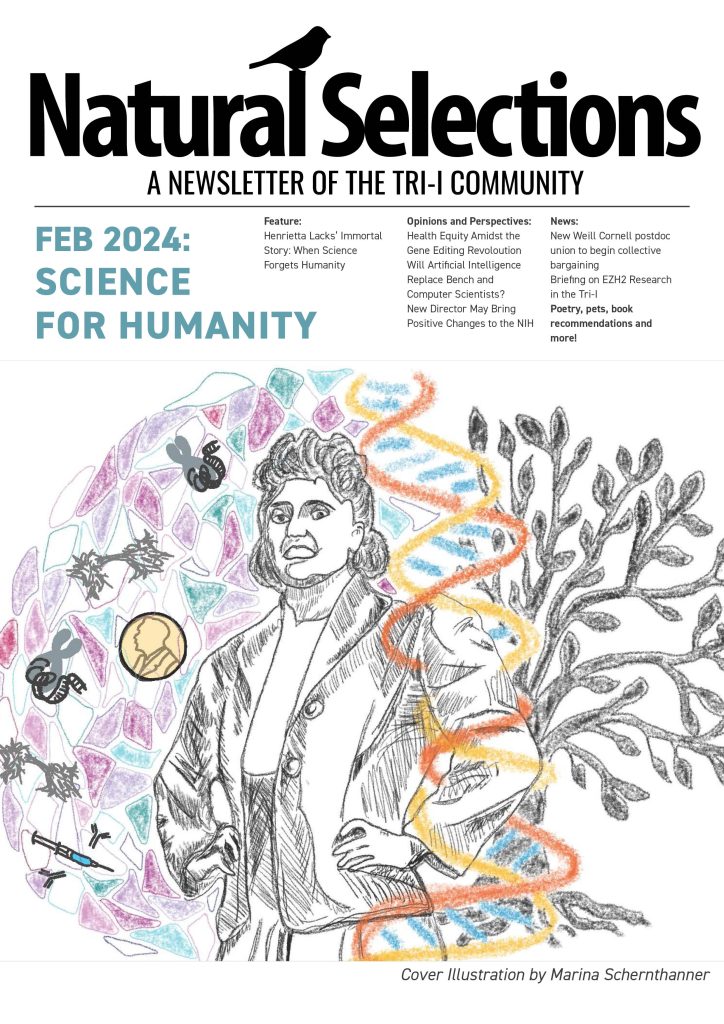By Eeshaan Rehani
Across a wide variety of cancer types, the overexpression of EZH2 is a well-documented phenomenon. A type of histone methyltransferase, the EZH2 enzyme adds methyl groups onto specific residues on histones, the core proteins of chromatin coils. By methylating a specific type of histone, EZH2 inhibits the transcription of tumor suppressor genes, ultimately causing cancer cells to grow faster. Therapies that effectively inhibit EZH2 would be classified as epigenetic drugs. Rather than directly targeting individual factors that result in the growth and division of a cancer cell, epigenetic drugs target the gene expression mechanisms upstream of those factors. This allows the therapy to modify levels of cancer-causing factors without changing the patient’s genetic sequence. However, epigenetic drugs are notorious for off-target effects, presenting a major challenge to current efforts in effective EZH2 inhibitor development.
In January of 2020, the FDA approved the EZH2 inhibitor tazemetostat for treatment of a rare type of soft tissue cancer, epithelioid sarcomas. However, tazemetostat has a few limitations: metastases to the central nervous system are unaffected by the drug, and the presence of certain orthogonal mutations desensitizes patients to the treatment. Recently, two Tri-I research groups demonstrated novel approaches to overcome these limitations, potentially improving the efficacy of EZH2 inhibition.
A project in the Tri-Institutional Therapeutics Discovery Institute (Tri-I TDI), led by Director of Medicinal Chemistry Dr. Rui Liang, identified a novel EZH2 inhibitor in 2022. Liang et al. used computational modeling and biochemical assays to discover an inhibitor that can cross the blood-brain barrier—a notable advancement, since the vast majority of pharmaceuticals can’t cross the highly selective tight junctions that make up the barrier. This property is a result of altering the pyridone motif present in many EZH2 inhibitors. The compound Liang et al. developed is the first example of an EZH2 inhibitor that can enter the brain. Further experiments will be needed to optimize both their ability to cross the blood-brain barrier and their potency ahead of clinical trials.
Yaniv Kazansky is a Tri-I MD-PhD student researching drug-resistant cancer in Alex Kentsis’ lab at Memorial Sloan Kettering Cancer Center. In a pre-print shared last December, Kazansky and colleagues provided insight into why some patients are resistant to tazemetostat. They identified specific mutations that underlie clinical resistance to tazemetostat using a functional genomics approach. Kazansky et al. found that mutations in the RB1/E2F pathway enabled cells to escape tazemetostat-induced cell cycle arrest in patients. The researchers then sought to target the mutated pathway to increase tazemetostat sensitivity using synthetic lethality: the principle that two drugs may be individually ineffective for a particular set of pathways, but effective when combined. Through the group’s experiments, it turned out that the inhibition of three enzymes—CDK2, AURKA, and AURKB—improved tazemetostat’s sensitivity in vitro. Their results showed that cell lines previously resistant to tazemetostat became responsive to tazemetostat used in combination with barasertib, an AURKB inhibitor. Kazansky et al.’s work helps pave the way for clinically validating what combinations of drugs are most effective to treat cancers that appear resistant to EZH2 inhibitors.
Recent research performed throughout the Tri-I has shown that EZH2 inhibition, although a promising treatment option for some cancer patients, will require further study and optimization. As many as 8% of soft tissue sarcomas metastasize to the brain, and Liang et al.’s research works to fill the gap in targeting this subset. In addition, cancer mutations rarely exist in isolation—Kazansky et al.’s work shows that resistance to EZH2 inhibitors often develops through mutations to the RB1/E2F pathway, but combination therapies leveraging this link show great promise for the future. Both of these groups are helping to push forward the field of epigenetic drugs for cancer.
The article is based on the following publications:
1. Kazansky et al – https://www.biorxiv.org/ content/10.1101/2023.02.06.527192v2
2. Liang et al – https://www.ncbi.nlm.nih. gov/pmc/articles/PMC8919293/


